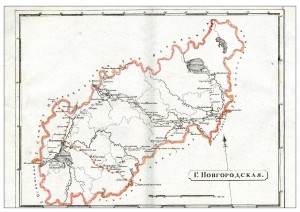Merchants of Siberia complicates and enlivens our evolving picture of commerce and trade in early modern Russia. Noting the links between Russia’s growing involvement with European trading partners and trading activities on Muscovy’s southern and eastern frontiers, Erika Monahan calls for a closer focus on the role of the Russian state and Eurasian merchants as facilitators of east-west and north-south trade. As part of this move, she emphasizes that, from the point of view of both merchants and agents of the Muscovite state, Siberia was far more than just a store of natural resources, highlighting in particular its place as “a node in important trans-Eurasian routes.” This is a productive avenue of exploration. Erika’s work examines western Siberia’s under-appreciated early modern connections with Central Asia. Muscovy was indeed connected to diverse states along its multiple frontiers. Reading about these interactions, but coming at these same issues from the point of view of a historian of the nineteenth century, made me wonder, what standard do we have for calling a particular trade vibrant and a particular route or set of routes important?
Importance seems to be a relative concept. Continental trade to and through Siberia was important – undoubtedly so, I would argue, to the communities that resided there. As for transit trade, it was surely important as well, but the difficulty – not to mention the sheer length – of the routes made long-distance transport daunting and time-consuming under the best circumstances, and of course expensive. The routes between Siberia and east and central Asia all came with a set of challenges and risks. Climatic conditions compelled trade in Siberia to follow a seasonal rhythm – making passage of goods impossible for months at a time. The fact that these trade routes nonetheless persisted seems to point to both the dearth of alternatives and the reality that there were parties who had a vested interest in these routes, whatever the economic calculations.
